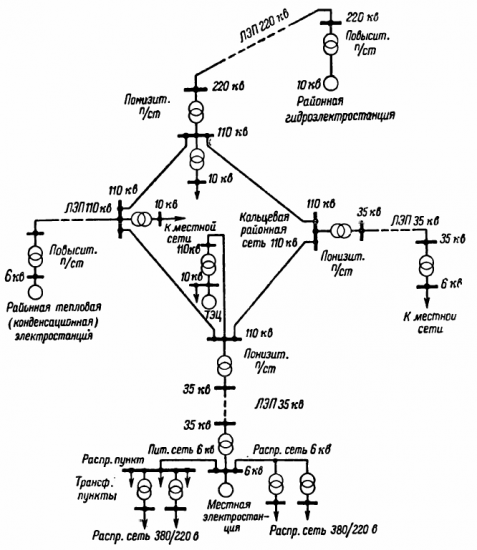Types of electrical networks
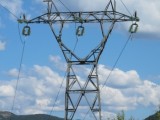 Power grids are designed to transmit power from power sources to consumers and to connect power plants and power system interconnections. The electrical network includes both power lines and transformer and distribution substations.
Power grids are designed to transmit power from power sources to consumers and to connect power plants and power system interconnections. The electrical network includes both power lines and transformer and distribution substations.
Electrical networks are subdivided according to a number of characteristics:
-
by the nature of the flow,
-
by voltage,
-
by configuration,
-
by appointment
-
by service area.
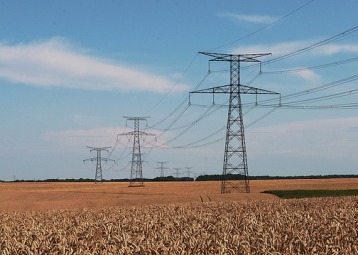
By the nature of the current, it distinguishes between DC and AC power networks. The production, transmission and distribution of electricity in our country is carried out using three-phase alternating current with a frequency of 50 Hz. Most users work for alternating current… Therefore, the main type of electrical networks are three-phase alternating current networks.
Direct current networks and therefore direct current networks are only used in special purpose installations. Very high voltage direct current is used to transmit significant power over long distances. For example, in the article «Transmission lines for direct current» describes an overhead line for a voltage of 1500 kV with a throughput of up to 6000 MW.
By voltage, electrical networks, like all electrical installations, are divided into networks with a voltage up to 1000 V and networks with a voltage above 1000 V, or conventionally into low and high voltage electrical networks.
See also — Nominal voltages of electrical networks and their areas of application
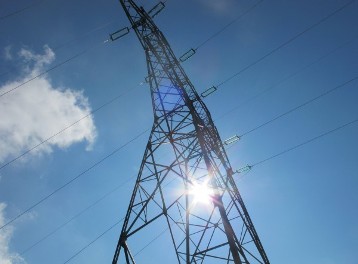
By configuration, electrical networks are divided into open (radial) and closed. I call an open grid a grid where electricity consumers only get power from one side.
A closed network is called a network where electricity consumers can receive energy from at least two sides.
By prior agreement, electricity networks are subdivided into supply and distribution. Distribution networks are used to directly supply electrical receivers: electric motors, transformers, etc.
Feeder networks are used to transfer electricity to distribution substations (RPs) from which the distribution networks are fed. In some networks, it is difficult to clearly define the supply and distribution network.
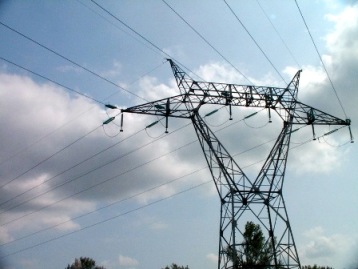
By service area, it distinguishes between local and regional power transmission networks. Local power transmission networks are usually called networks with a voltage of up to 35 kV inclusive, supplying electricity consumers within a radius of no more than 15-30 km with transmitted power on a single-circuit line up to 10-15 MVA (industrial, urban, rural networks).
Regional power transmission networks are networks with a voltage of 35-110 kV and more, consisting of power lines connecting individual power plants for parallel operation and supplying regional substations.
In the first years of the development of power supply in large areas, high voltage lines (110 and 220 kV) were built for the transit transmission of electric power from regional stations to large consumers. Such transmissions consist of step-up and step-down transformers and overhead or cable lines connecting them.
These structures were called power lines. At present, they work for the most part not separately, but are interconnected and form high voltage networks. Separate power lines are built only for higher voltage.
An example of an electrical system diagram:
From a powerful hydroelectric plant Electricity is transmitted through a step-up substation and a 220 kV power line with a length of up to 300 km and a step-down substation to the 110 kV district network. This network is also fed by a 110 kV power line up to 150 km long and an increasing substation from the regional condensing thermal power plant.
Within the 110 kV ring district network, there are step-down substations serving a large industrial area, in the center of which there is a thermal power plant that runs on imported fuel and supplies electricity and heat to consumers in the industrial area located near the station.
For communication with the ring regional network of 110 kV, namely for output and receipt of electricity in different modes of operation of the thermal power plant, the latter has a substation of 110 kV. Local networks of 6 kV are fed from the regional network 110 kV through a 35 kV step-down substation for power transmission and 35/6 kV step-down substations.
The lower part of the diagram shows a relatively small local power plant connected to the system with a 6 kV distribution network directly from the station buses (right) and a 6 kV supply network (left). 6 kV step-down transformers feed 380/220 V distribution networks.
See also on this topic — How electricity flows from power station generators to the grid

